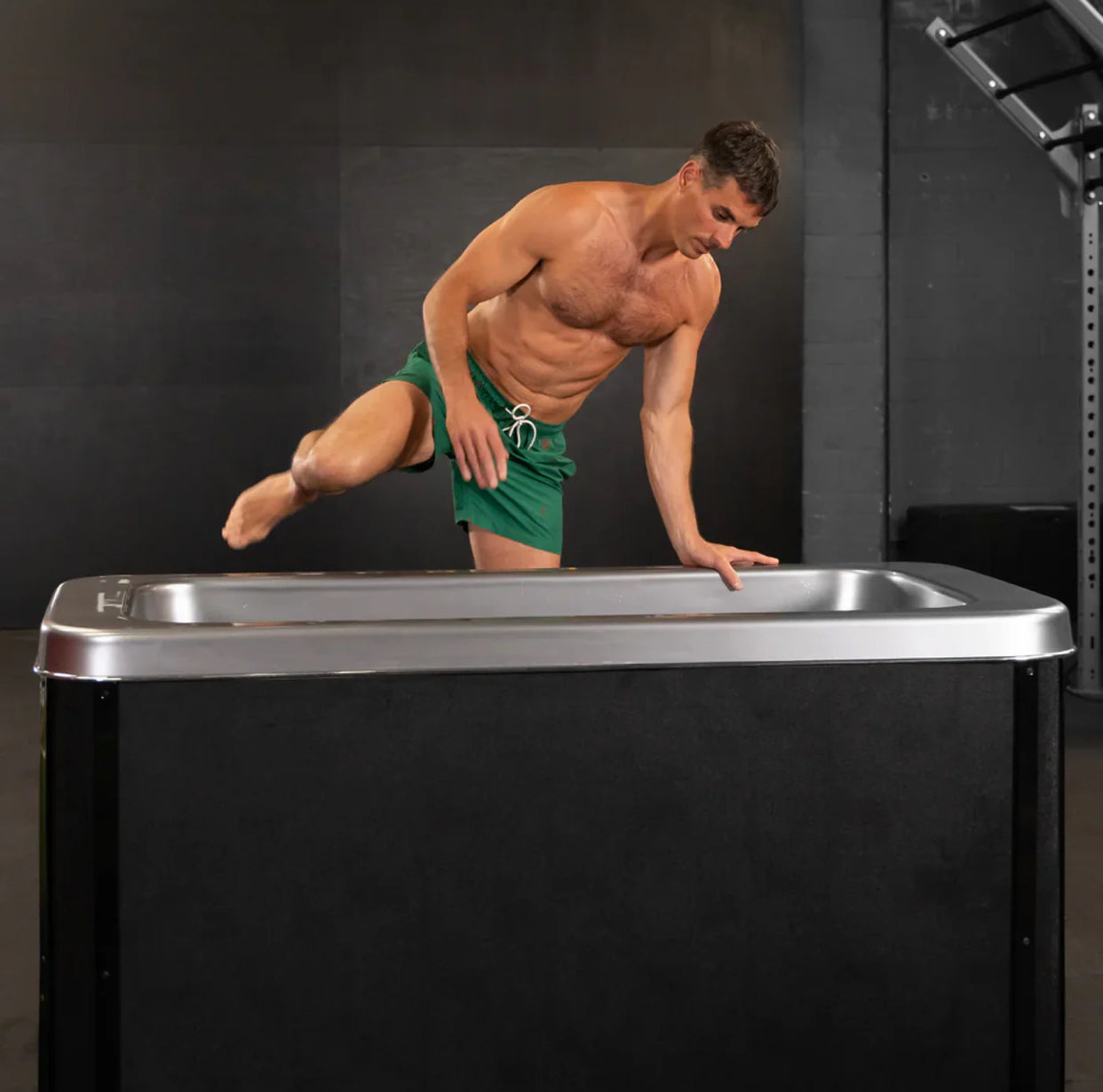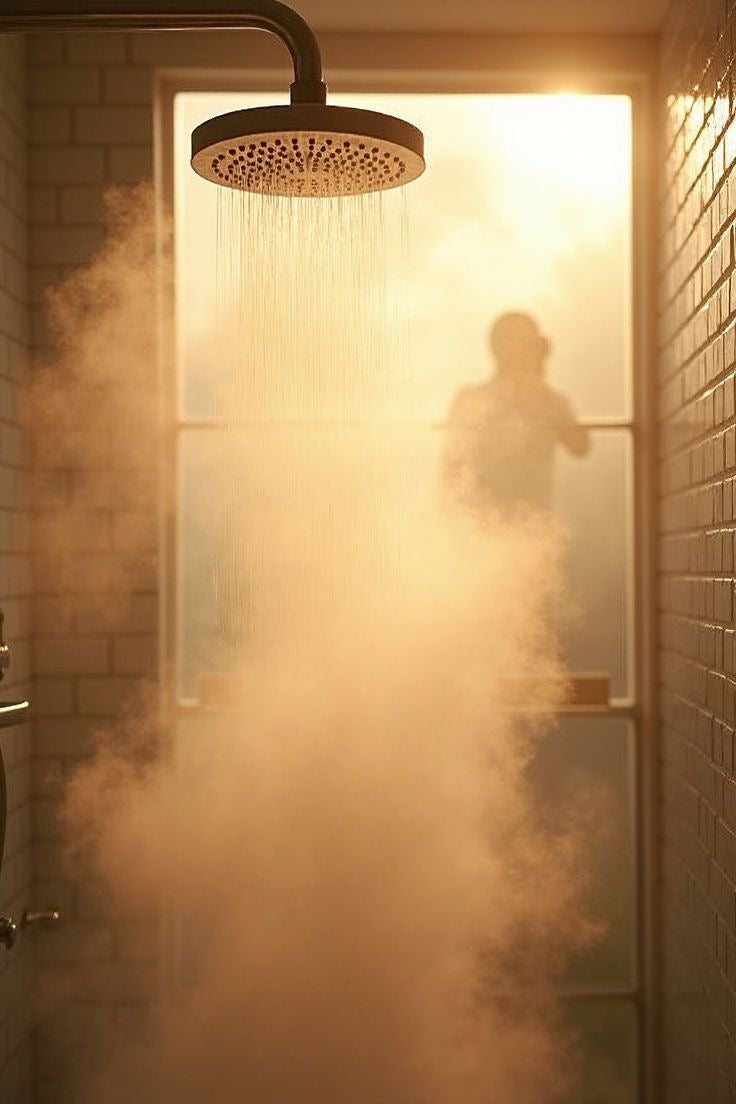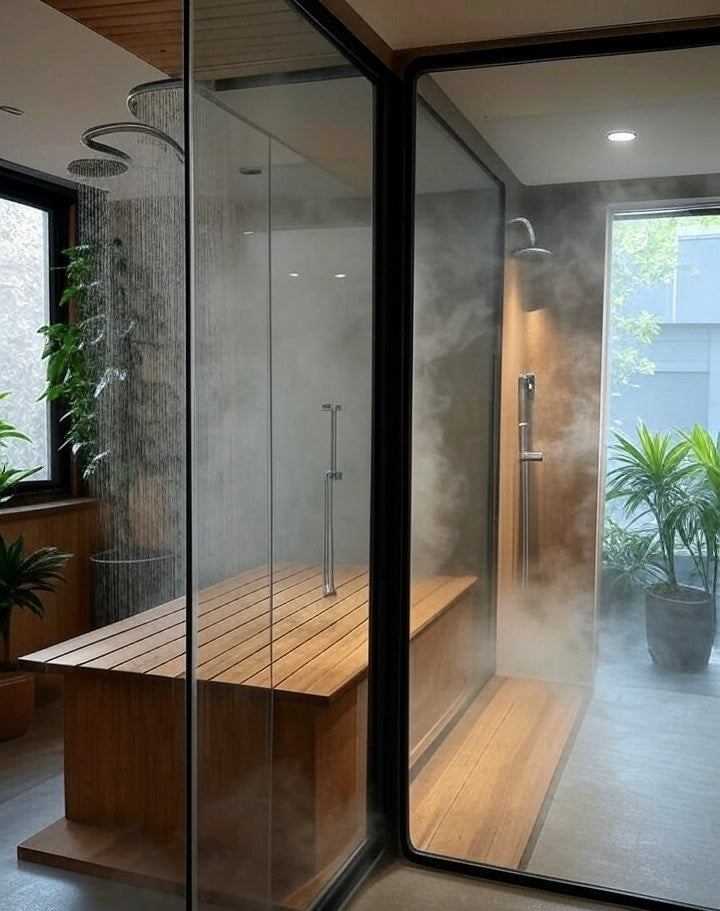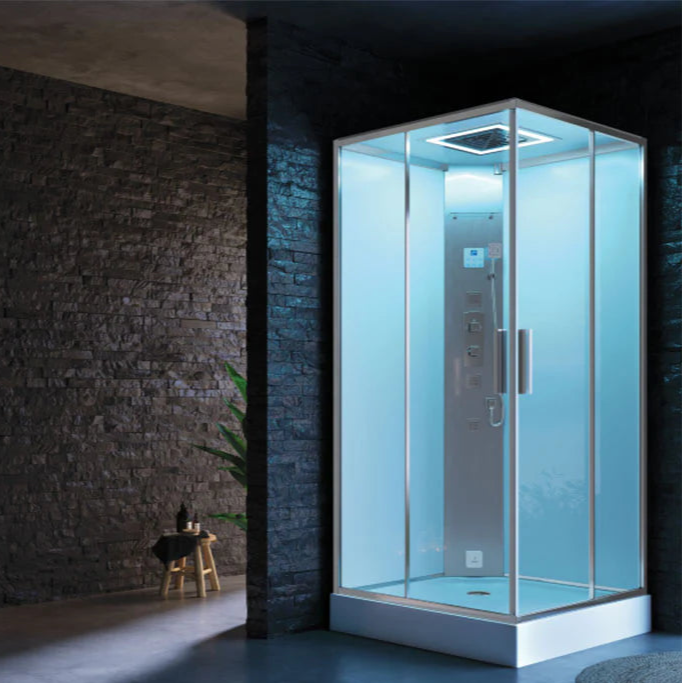Thinking of taking the plunge straight into a 0°C Ice Bath? Hold your icicles! The short answer: Yes, 0°C is too cold for most. It’s risky and not necessary for benefits. Learn how to use your Cold Plunge Tub or Ice Bath Tub safely without turning into a human ice cube.

The Science of Cold: Why 0°C is Not an Ideal Ice Bath Temperature
The Freezing Point Explained: What Happens at 0°C?
0°C is the freezing point of water. At this temperature, ice forms in your Ice Bath Tub. Immersion becomes extremely harsh. Water at freezing doesn't circulate properly around you. This reduces even heat transfer and raises the risk of frostbite.
The Dangers of Near-Freezing Temperatures: Frostbite and Hypothermia Risks
Immersing at or near 0°C can lead to rapid skin and tissue damage. Prolonged exposure greatly increases frostbite risk, especially for fingers and toes. Hypothermia becomes a real threat as your core temperature drops. Cold Plunge safety means avoiding such extremes.
Finding Your Ideal Ice Bath Temperature: Recommendations for All Levels
General Guidelines for Therapeutic Benefits
You don’t need near-freezing water to get benefits. Most recommendations sit comfortably between 10–15°C. This range is cold enough to trigger beneficial stress responses without undue risk.
Recommended Temperature Ranges for Recovery and Wellness
For general recovery, aim for 10–15°C. Athletes might use 7–10°C with care. Always monitor your time and reactions.
How Cold is Too Cold? Safety Limits and Considerations
Below 7°C, risks increase for cold shock and injury. At 0°C? It's simply too cold for safe, regular use. Respect your limits.
Adjusting to the Cold: A Gradual Approach for Beginners
Starting Warm: Initial Temperatures and Durations
Begin with 15–18°C for 1–2 minutes. This helps you adapt without shock. Over time you can work your way colder.
Building Cold Tolerance: Progressing to Colder Temperatures and Longer Immersions
Reduce the temperature gradually. Extend duration to 3–5 minutes as your body adjusts. Always pay attention to how you feel.
Advanced Ice Bathing: Pushing the Limits Safely
Experienced users might go as low as 7°C. Even then, short durations are recommended. Monitor your breathing and stay calm.
Temperatures for Experienced Cold Plungers
Well-adapted users may use 7–10°C for up to 5 minutes. Always have supervision or a buddy. Prioritise safety over bravado.
Listening to Your Body: Recognising Your Personal Threshold
Everyone reacts differently. Numbness, severe pain, or excessive shivering mean it's time to get out. Don’t ignore your body’s signals.

Preparing Your Ice Bath: Achieving and Maintaining the Right Temperature
DIY Ice Baths: Using Ice Effectively
Fill your Cold Plunge Tub with cool tap water first. Gradually add ice while checking with a thermometer. Avoid dumping in too much at once.
Ice-to-Water Ratio for Optimal Cooling
About 10–20 kg of ice can drop a standard bath to 10–15°C. Adjust based on room temperature and your preference.
Tips for Maintaining Cold Water Temperature
Use an insulated tub or cover. Replace melted ice as needed. Pre-chill water if you have the space.
The Role of Ice Bath Chillers
What to Look for in a Quality Chiller
A reliable chiller offers precise temperature control. It keeps your water consistently cold without constant ice top-ups.
Debunking "Zero-Degree" Chillers
Despite marketing claims, you don't need 0°C settings. Good chillers maintain 5–15°C, which is ideal for recovery.
Conclusion
A 0°C Ice Bath is overkill and risky. For effective and safe cold therapy, aim for 10–15°C. Acclimatise gradually, listen to your body, and enjoy the benefits without the danger.
Takeaways:
-
0°C is too cold for safe immersion
-
Aim for 10–15°C for benefits
-
Build tolerance slowly over time
-
Always monitor your body and duration
-
Use good equipment for consistency






